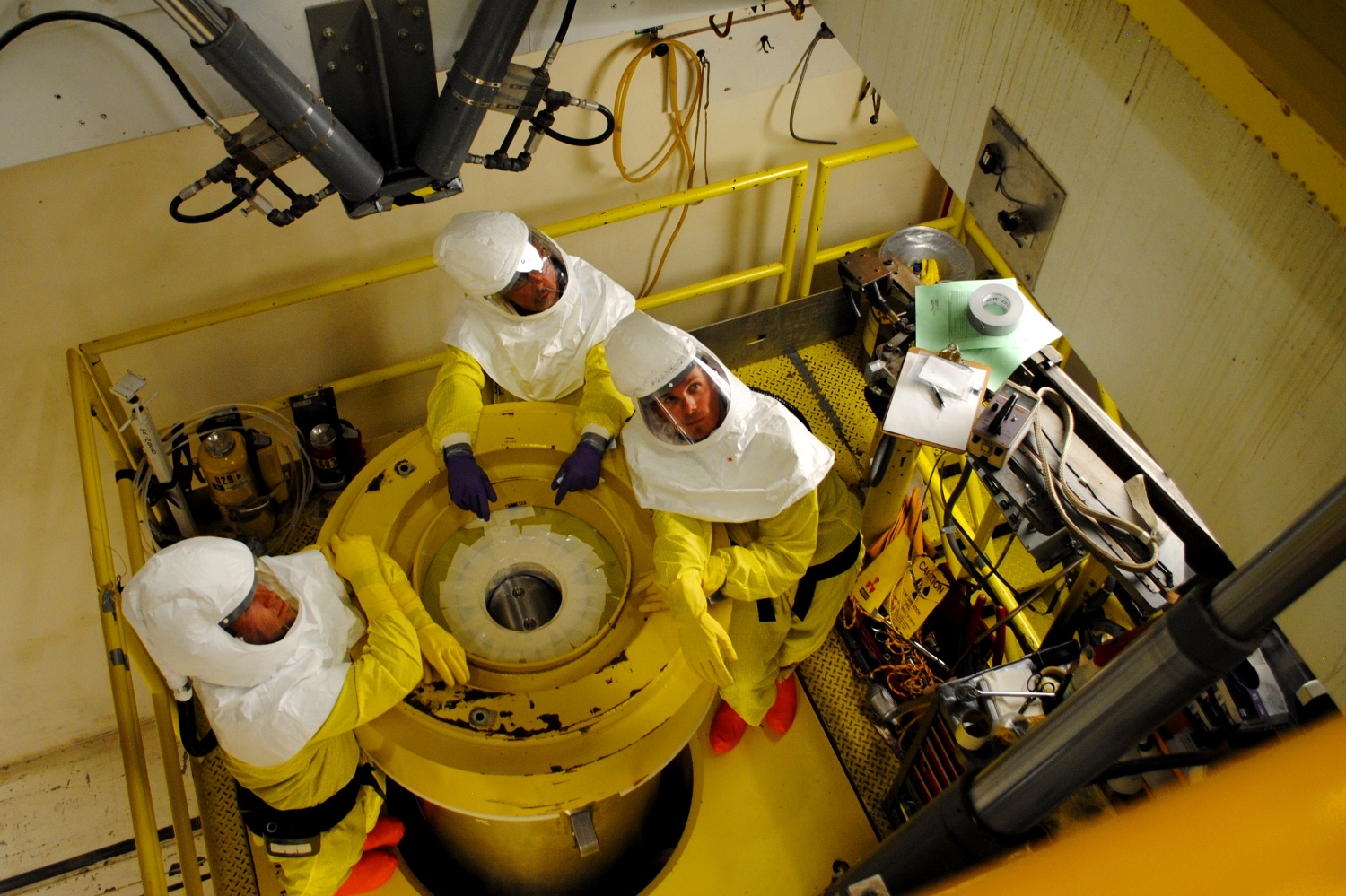This summer, researchers at the U.S. Department of Energy’s Idaho National Laboratory received a long-awaited delivery.
After years of waiting, a trans-Atlantic voyage and a cross-country trip, a cask containing four experimental irradiated pins of nuclear fuel arrived at INL’s Materials and Fuels Complex in late July. With shipping facilitated by AREVA TN, these pins traveled from the Phénix nuclear reactor in France, where INL researchers had shipped them more than eight years ago.
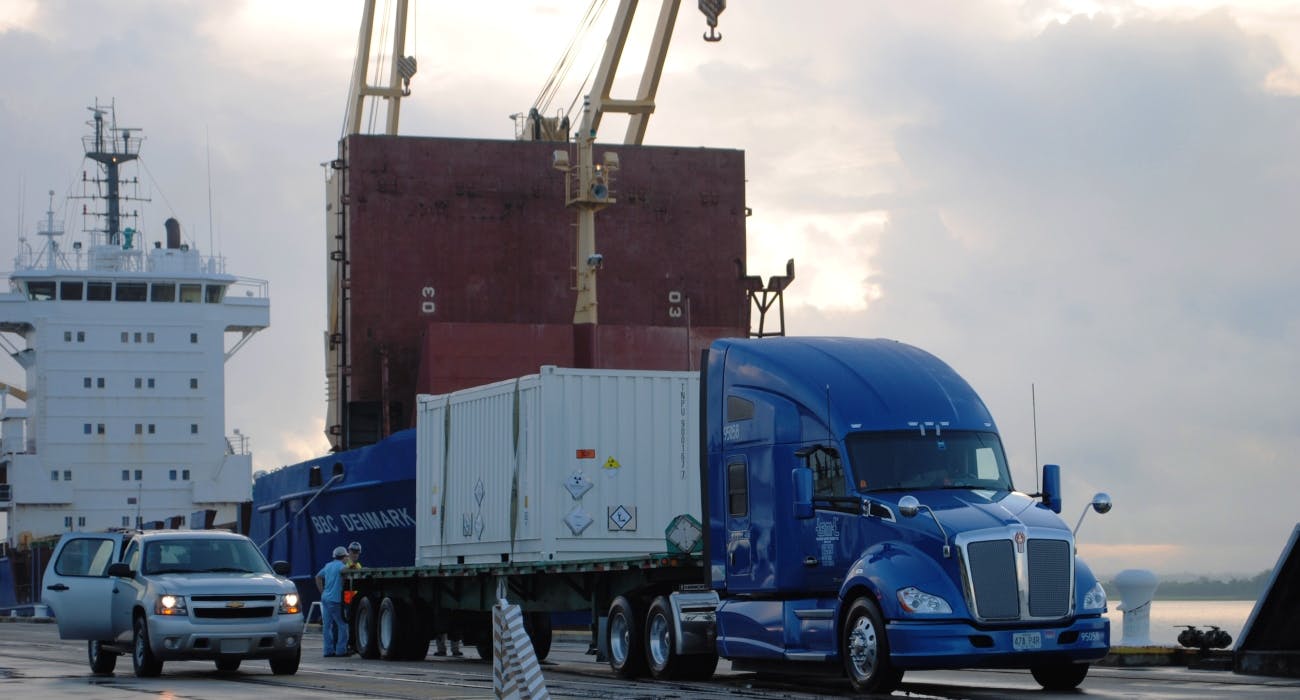 The samples were transported inside a cask within this shipping container, which was then transferred from the ship to an Idaho-bound truck.
The samples were transported inside a cask within this shipping container, which was then transferred from the ship to an Idaho-bound truck.
The four pins contained advanced metallic and nitride fuels fabricated by INL and Los Alamos National Laboratory, respectively, in 2006. The fuel within the pins holds the final bits of data from an international experiment called FUTURIX-FTA.
FUTURIX, a collaboration between the U.S. DOE and the French Atomic Energy Commission (CEA), is an important part of INL’s research for DOE’s Fuel Cycle Research & Development program. The “FTA” in the experiment’s name alludes to the French phrase for “Actinide Transmutation Fuels.”
In a nuclear sense, transmutation, the act of turning one thing into another, involves re-using certain components of used nuclear fuel. This would maximize the energy received from mined uranium. It would also decrease the quantity of hazardous, extremely long-lived radionuclides ultimately destined for nuclear repositories.
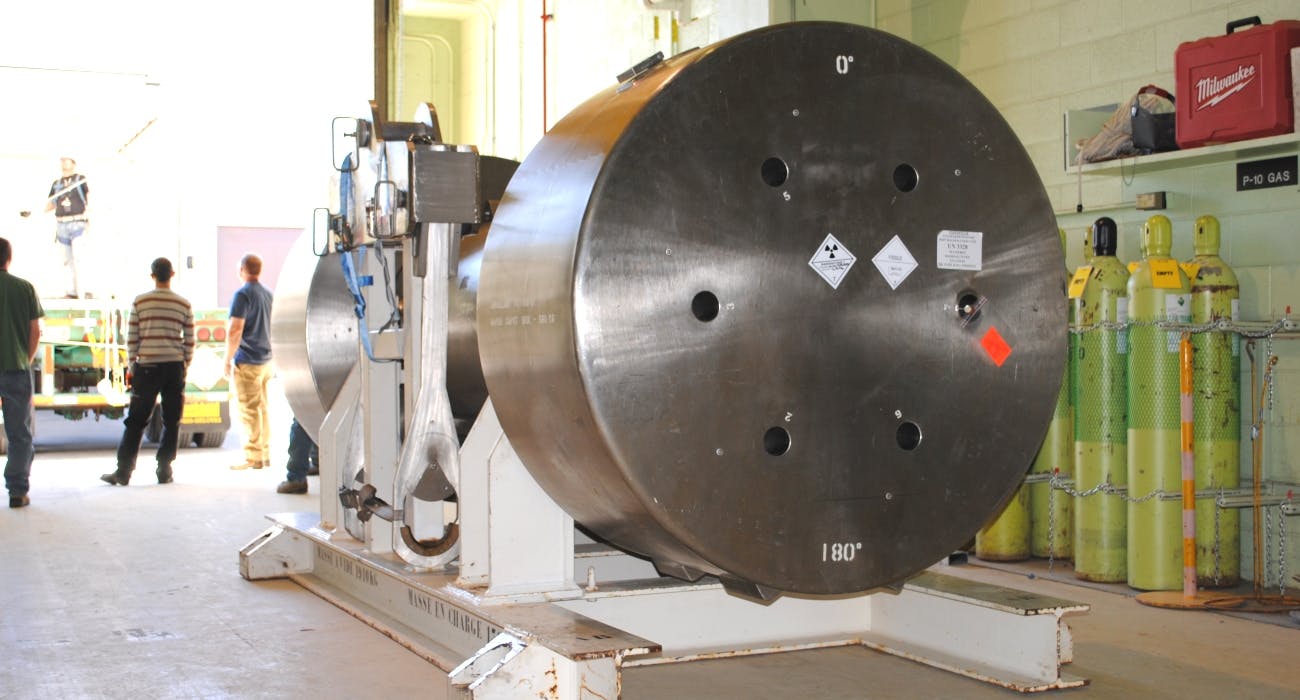 Upon arriving at INL, the shipping cask was unloaded into the truck lock at INL’s Hot Fuel Examination Facility (HFEF).
Upon arriving at INL, the shipping cask was unloaded into the truck lock at INL’s Hot Fuel Examination Facility (HFEF).
“One goal of the Transmutation Fuels program is to increase the holding capacity of a nuclear fuel repository without increasing the repository’s size,” INL nuclear engineer Heather Chichester said. “To do this, we’re looking at ways to address limits on holding capacity: volume, heat (produced by radioactive decay) and radiotoxicity of used nuclear fuel.”
Reusing uranium is one way to drastically reduce the volume of used nuclear fuel, Chichester explained. Currently, only about 5 percent of the uranium loaded into a reactor is actually consumed to produce energy. The remaining uranium goes unused. This is because light water reactors, the type of reactor found most predominantly in the world today, can only fission U235, a less plentiful isotope of uranium.
However, there is a type of reactor that can generate the energy necessary to fission the more abundant U 238 as well as the other transuranic isotopes produced during irradiation of nuclear fuel: a fast reactor. About 20 fast reactors exist in the world today.
“Most of what’s left in used light water reactor fuel—the U 238 , Pu 239 and a few minor actinides—can be reused in a fast reactor,” Chichester said. “This would use our uranium resources more efficiently and reduce the size and heat of the used fuel that has to be disposed.”
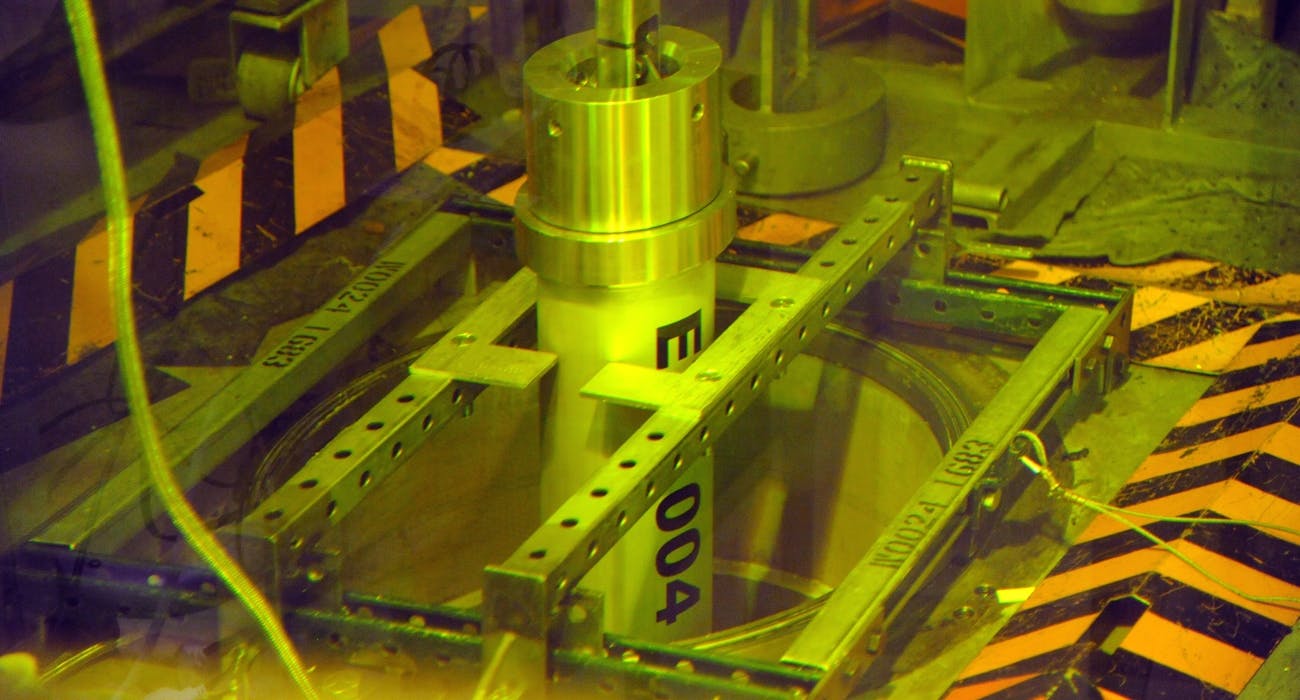 The experiment cask is lifted into the HFEF hot cell through a hatch in its floor.
The experiment cask is lifted into the HFEF hot cell through a hatch in its floor.
Over the past 10 years, the INL Transmutation Fuels team has tested dozens of different fuel compositions that mimic what recycled used nuclear fuel could look like. They are searching for the fuel composition that offers the best results on both ends: efficient energy production in a fast reactor and reduced waste disposal in a nuclear repository.
So where does FUTURIX come in?
“These fuels are intended for use in a fast reactor, but we don’t have a fast reactor available for testing in the U.S.,” Chichester explained. “So we’ve been running experiments under modified conditions in ATR (INL’s Advanced Test Reactor). We believe that the modifications we’ve made reproduce most of the important aspects of the environment inside a fast reactor, but we needed to confirm that.”
To validate their ATR experiments, INL researchers sent four FUTURIX-FTA fuel pins to France to be irradiated in the Phénix Fast Reactor. The scientists also irradiated four identical pins under the modified ATR conditions. After irradiation of the FUTURIX-FTA pins in Phénix was completed, the four pins were stored in a hot cell in France for several years before being shipped back to INL in July.
Now that they’ve returned to INL, researchers will perform detailed examinations of both sets of pins. By comparing the ATR-irradiated pins with those from the French fast reactor, researchers will be able to deduce whether ATR experiments can adequately recreate fast reactor fuel behavior.
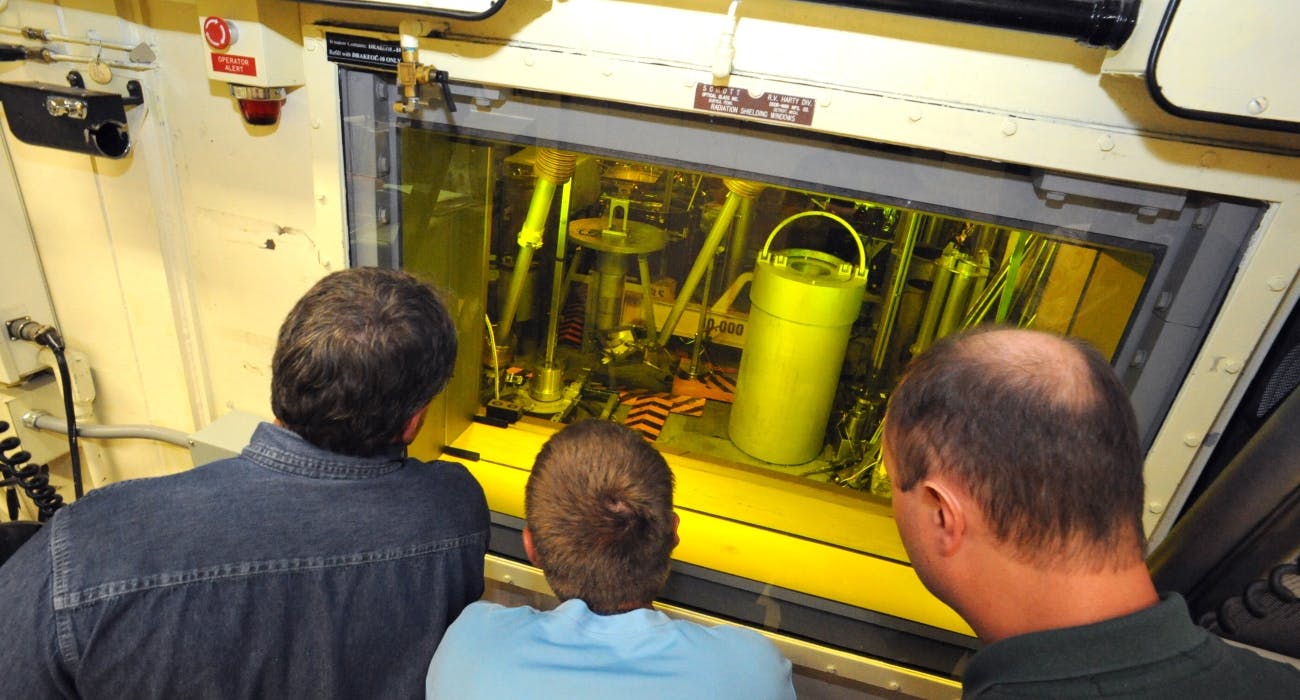 Employees used manipulators to place the experiment cask in the hot cell, where the cask will be opened so examination of the fuel samples can begin.
Employees used manipulators to place the experiment cask in the hot cell, where the cask will be opened so examination of the fuel samples can begin.
Researchers hope the conditions experienced by these fuels in the French fast reactor will line up with the conditions created for the identical fuels tested in ATR. This would signify that the ATR experiments accurately recreate fast reactor fuel behavior. If so, INL researchers can continue to use their ATR experiments to study new fuels and advance the goals of the Transmutation Fuels program.
“Hopefully, the FUTURIX-FTA experiment will validate the work we’ve been doing with ATR for the Transmutation Fuels program,” Chichester said. “That’s why finally getting a chance to examine these fuel pins is such a big deal.”

